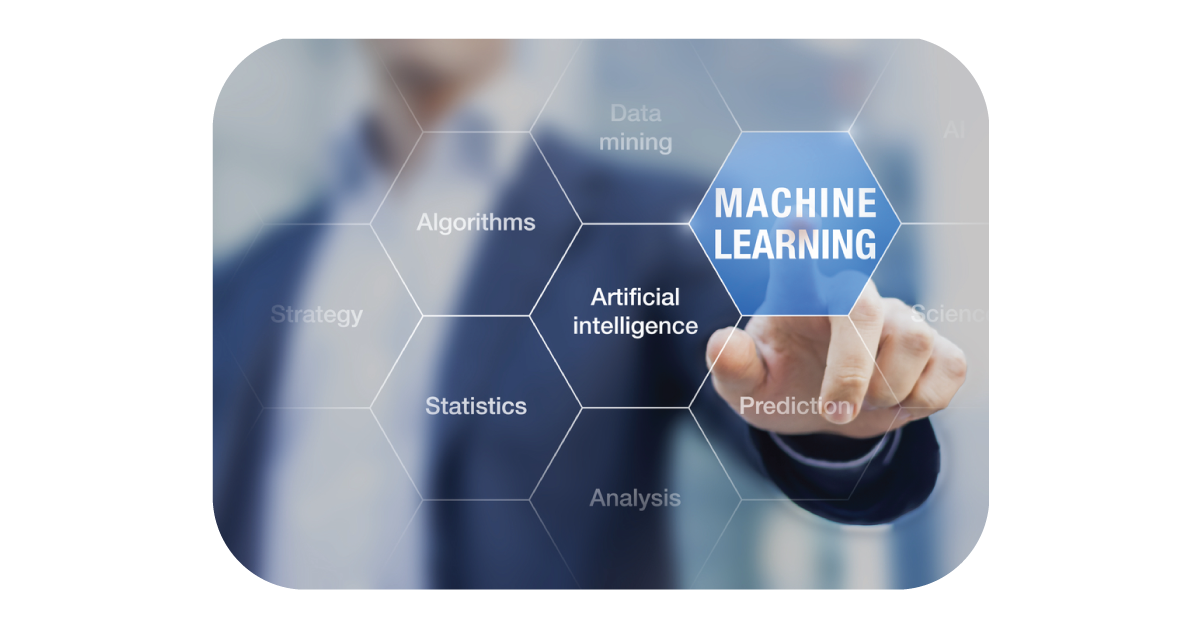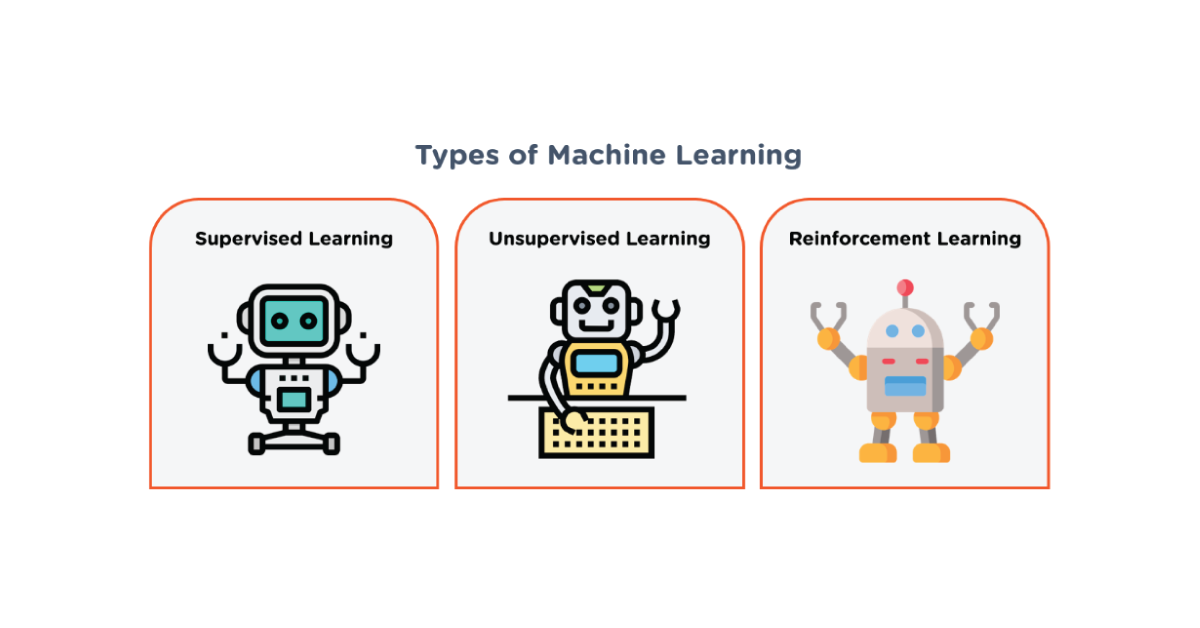Machine learning is a game-changing technological advancement of the decade. (ML) has enabled companies to fast-track their digital transformation. In the age of automation, stay ahead in the game with ML and its applications. In the world of corporations, machine learning is undergoing rapid progress and innovation. It has enabled companies to fast-track digital transformation by automating the process. Its algorithms and pervasiveness in the enterprises are ever-growing. In this article, we'll dive into its types, how ML algorithms work, and some of their examples.
What is Machine Learning?

Machine Learning is a process through which a model studies and learns patterns from the given data and predicts the output. It has enabled AI to perform tasks beyond what it is programmed to do. Machine Learning can evolve. It can use different programming techniques to process large amounts of data to extract information. ML algorithms process data and extract useful information from it. One of the most critical aspects of machine learning is big data. The quality of the dataset is very crucial to predicting good results.
Types of Machine Learning

Supervised Learning
Supervised ML is a type of machine learning in which a model learns by looking at the data and the labels associated with it. In simple terms, data is provided as a mapping between the input and its corresponding output to the ML model. It is very similar to feeding raw data(input) to the model and providing information about it. The model then tries to learn the patterns and approximate the results over time.
Unsupervised Learning
Unsupervised Ml is a type of machine learning in which the model learns by looking at the data without any prior information (labels). The model is fed with some raw data. Based on the properties of data, it tries to group data points with similar properties into clusters.
Reinforcement learning
It studies how human beings learn directly from data. It learns from new situations using trial and error methods. It predicts the outcomes in the form of favorable and unfavorable ones. Favorable outputs are reinforced, and negative outcomes are discouraged. It works by putting an algorithm with an interpreter and a reward system. The program gives the best solution with the best reward possible.
Machine Learning examples
Some examples of supervised learning that are frequently used nowadays are listed below:
Spam Classifier

Spam Classifier is an example of supervised learning in which emails and their labels as spam/not spam are fed to the model. Looking at the data model tries to learn about classifying an email as fraudulent or not.
Face Recognition
It feeds in the form of images. The model tries to recognize faces and provide a tag (e.g., recognize a person's identity) based on the patterns it has learned over time.
Sentiment analysis
It is simply determining the sentiment or polarity of the text. It has a variety of applications, such as review classification or determining the idea of news articles for stock price determination. Given a review, the model tries to classify it as positive/negative or good/harmful.
Examples of Unsupervised Learning
Customer segmentation

It is based on customer preferences/ choices. In general, the model tries to group customers with similar behavior into one group/ cluster. It helps the companies to recommend products to users based on their choice and increase their sales/ business.
Recommender System
It is another example of unsupervised learning. It includes recommending products that are most relevant to the user based on the user's past activity and likes/dislikes. E-commerce sites like Amazon, Flipkart, or companies like Netflix, Youtube use recommender systems to determine users' preferences and recommend them accordingly.
Machine Learning Algorithms
Machine learning algorithms are mathematical models/ functions designed to study and recognize the underlying patterns in the data and generalize their learning to make predictions on the unseen data. Based on the kind of data, machine learning algorithms are used or designed.
Machine learning algorithms are broadly classified into two types:
- Supervised Algorithms 2. Unsupervised Algorithms
Supervised learning algorithms-
Supervised learning algorithms are a type of machine learning in which a model learns by looking at the data and the label associated with it. It can be further classified into two categories as classification or regression problem. If the class labels are continuous values, it's a regression problem, and algorithms like linear regression and support vector regression are preferred. If the labels are distinct values, then its classification problem and algorithms like logistic regression/support vector machines are preferred.
Unsupervised learning algorithms
Unsupervised learning algorithms are a type of machine learning in which the model learns by looking at the data without any prior information about it. It has a separate class of algorithms which tries to cluster data points with similar properties. E.g., DBscan, K means clustering are some of the most commonly used algorithms.
Conclusion
In the online-first world, companies have access to large amounts of data. It acts as fodder to train a machine learning algorithm. The more usable and readable the data is, the more effective the algorithm will be. ML algorithms have the ability and capacity to improve themselves. They can be trained to develop into different types. Understanding these basics about ML is a must today. AI is emerging as an exciting career opportunity and is offering a variety of positions such as data scientists, ML engineers, and AI developers to young candidates aspiring for it. BotPenguin is an AI-based chatbot creator that lets you create easy-to-use and deploy chatbots across multiple platforms. Related Articles How To Build a Chatbot Using Machine Learning?

